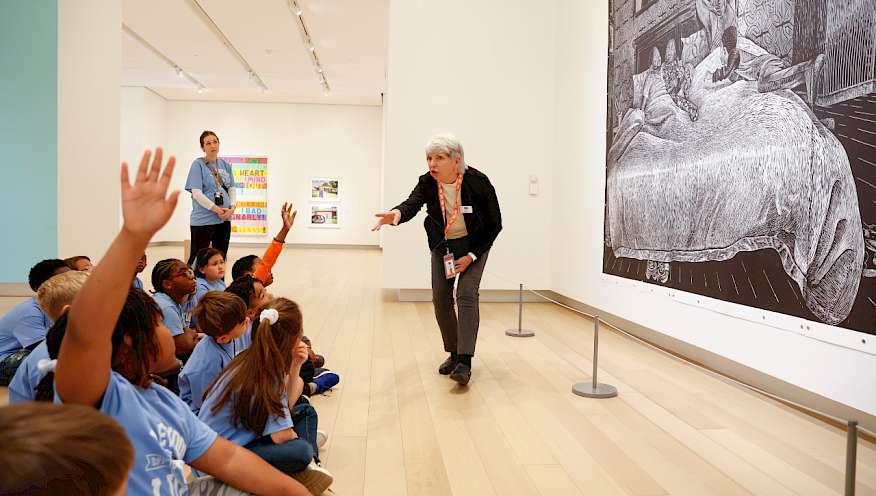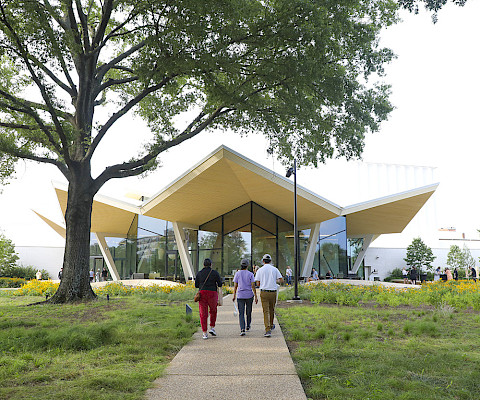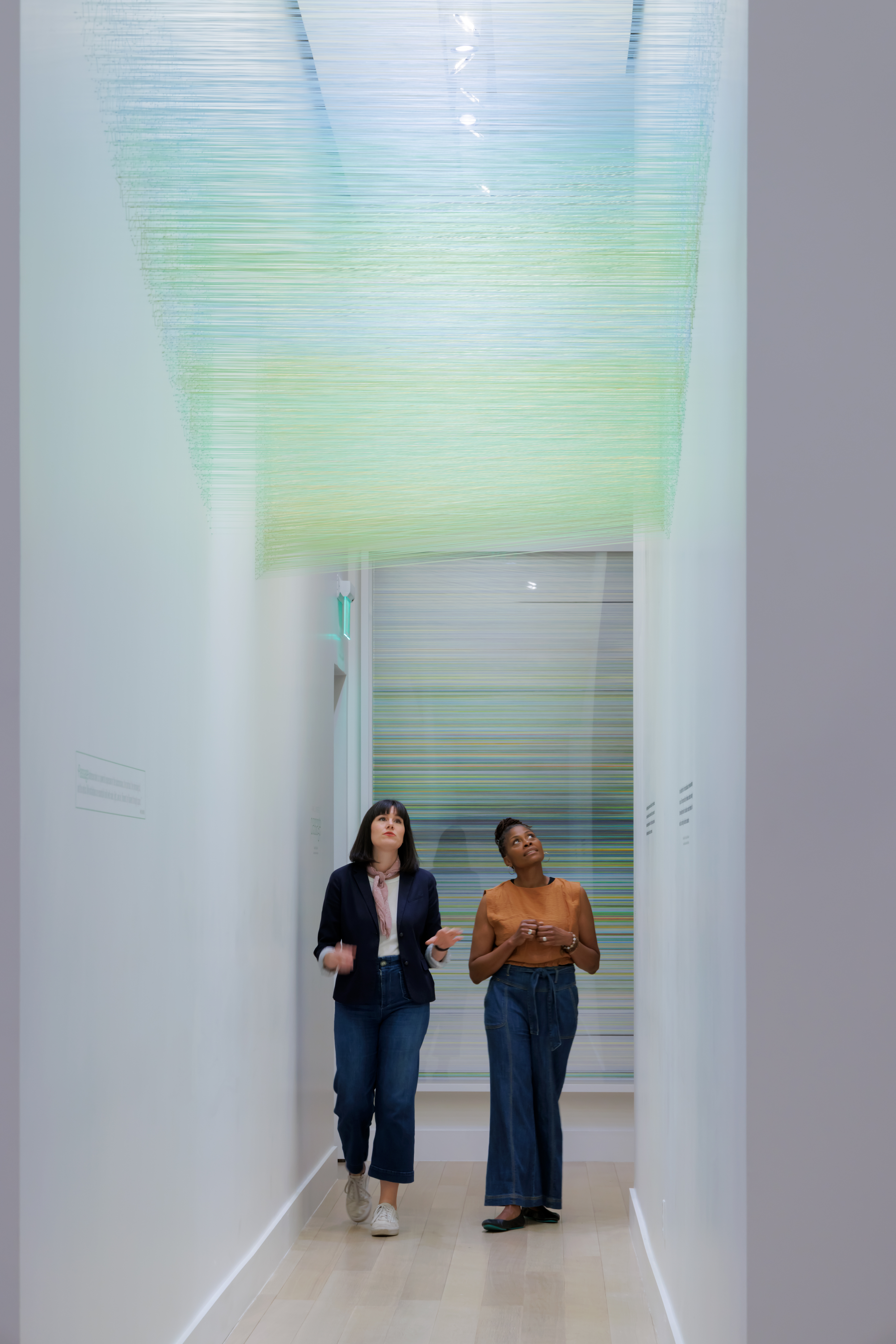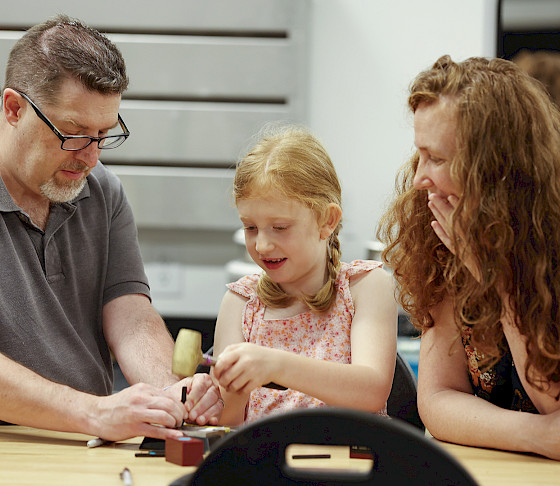Kenneth Bates
Described in a 1967 issue of Ceramics Monthly as the "Dean of American Enamelists," Kenneth F. Bates was a highly versatile artist, a prolific writer, a skilled teacher and an indomitable champion of enameling. (Roger D. Bonham, "Kenneth Bates: Dean of American Enamelists, " Ceramics Monthly 15 (February 1967)AG 6/8/07(http://www.temple.edu/crafts/public_html/mjcc/local/history/p10.html 5-7-08)Date of Birth: 1904, North Scituate, Massachusetts B.S., 1926, Massachusetts School of ArtTaught at: Cleveland Institute of Art from 1927 to 1968(http://ech.case.edu/ech-cgi/article.pl?id=BKF 5-7-08)BATES, KENNETH F. (24 May 1904-24 May 1994), a long-time member of the faculty of the CLEVELAND INSTITUTE OF ART, specialized in enamel work and was nationally recognized for his achievements in the field.Born to Francis and Winnette Litchfield Bates in North Scituate, MA, Kenneth pursued his art education at the Massachussetts School of Art and earned his bachelor's degree there.He came to Cleveland in 1926, and one year later joined the faculty of the Cleveland School of Art. During his forty-three years at the Institute, he taught every class there the required course in basic design. He also taught advanced courses in enameling. He became professor emeritus in 1971.In 1927 Bates submitted his first enamel work to the MAY SHOW of the CLEVELAND MUSEUM OF ART; it received first prize. Bates continued to submit entries to the annual May Show for the next 62 years, garnering a long list of prizes. In 1946 he was awarded first prize in the national enameling competition. His works have been displayed in many museums and were featured in one-man shows in Brooklyn and Chicago. In 1987 the National Society of Enamelists honored him with the title Dean of American Enamelists. Bates authored three books: Enameling: Principles and Practice, 1951; The Enamelist, 1967; and Basic Design, 1970.Bates was also an accomplished horticulturist, and in the greenhouse of his EUCLID home, he raised prize-winning dahlias and roses.Bates married Charlotte Young in May 1930, and they raised three children: Cornelia, Katherine, and Benham. Bates is buried in LAKE VIEW CEMETERY. (http://www.modernsilver.com/june07/paintingwithfire.htm 5-7-08)Master enamellist Kenneth Bates (1904 - 1994) is one of the more well-known artists covered in this catalog. The title "Dean of American Enameling" has stuck with him since he was described as such in a 1967 issue of Ceramics Monthly. Bates taught for many years at the Cleveland School of Art and influenced a great number of artist/enamelists through his work, his teaching, and his books.In the introduction to his book, "Enameling Principles and Practice," Bates said that he felt a kind of "awesome enchantment" with enamels. "This feeling of ....enchantment continued for Bates throughout a career in enameling that spanned more than sixty years.""Bates earliest dated work in enamel, a copper and enamel vessel entitled "Covered Bowl" (below) was produced in 1927...." 3Bates knowledge of horticulture--his "understanding of nature and flowers--[that] informed the richly patterned, brilliantly colored enamels he produced throughout his life" is evidenced in his extraordinary floral themes.4(http://www.clevelandartsprize.org/visart_1963.htm 5-7-08)Kenneth BatesEnamelist1904–1994Enameling is little more than the process of fusing colored glass to metal at a high temperature. It is typically employed today in the manufacture of stoves and refrigerators, but it can also be used to fashion works of art. And in the hands of a master like Kenneth Bates, enameling can even produce objects so subtle and delicate that to see them is to understand the meaning of the word sublime.For more than half a century, until his death in 1994, Bates was known as the “Dean of American Enamelists,†and with good reason. One of the first artists and teachers in the United States to pursue enameling with the same attention, devotion, and passion that painting and sculpture commanded, Bates was arguably the greatest influence on multiple generations of American students who would embrace the medium. Through the three books he wrote during his 43-year career as an instructor at the Cleveland Institute of Art, Bates also spread the gospel of enameling around the country. His first book, Enameling, Principles and Practices (1951), is still considered one of the standard texts in the field.At the same time, Bates produced a rich and varied body of artwork, examples of which now reside in museum permanent collections, in public buildings (the main library in Lakewood, Ohio, for example, boasts a wall-mounted Bates design), and in the homes of innumerable private collectors. His work was exhibited in the Cleveland Museum of Art's annual May Show for local artists nearly 60 times, a record that will never be broken.A native of North Scituate, Massachusetts, Bates was the son of an interior designer and the grandson and great-grandson of craftsmen. Clever with his hands and possessing a natural talent with watercolors, he knew from an early age that he would pursue art in some form or another. By the time he was in high school he decided that teaching art would be his profession. Throughout his career, enamel bowls, boxes, plates, tiles, wall panels, and sculpture flowed from his studio. Many of his pieces portray abstract designs, but most are based on patterns derived from the natural world-the same plants, birds, and insects he studied as a boy and with which he maintained an abiding fascination throughout his life. His cloisonné work, for example, often exhibits gold filigree work as precise and delicate as a spider's web. And as an avid horticulturist, he cultivated prize-winning roses that sometimes served double duty as models for his art. Covered Bowl1927Copper and enamel3 1/8" high x 4 1/2" diameterGiven by the artist to the Cleveland Museum of Art on its 75th birthday (1991) Kenneth Bates lived on the Lake Erie shoreline for 60 years. His house-designed by the noted architect Alfred Klaus, with input from Bates himself and from his wife, Charlotte-was the first International Style structure in Ohio, a flat-roofed gem fitted out with original art deco furnishings, appliances, and even flatware. A man of infinite charm and good humor, he was loved by his students, honored by his colleagues and revered by enamelists the world over. Barely five feet tall, he was, nonetheless, a giant.text byMark GottliebFall 2002






















